Sudan / جمهورية السودان – Let’s explore here
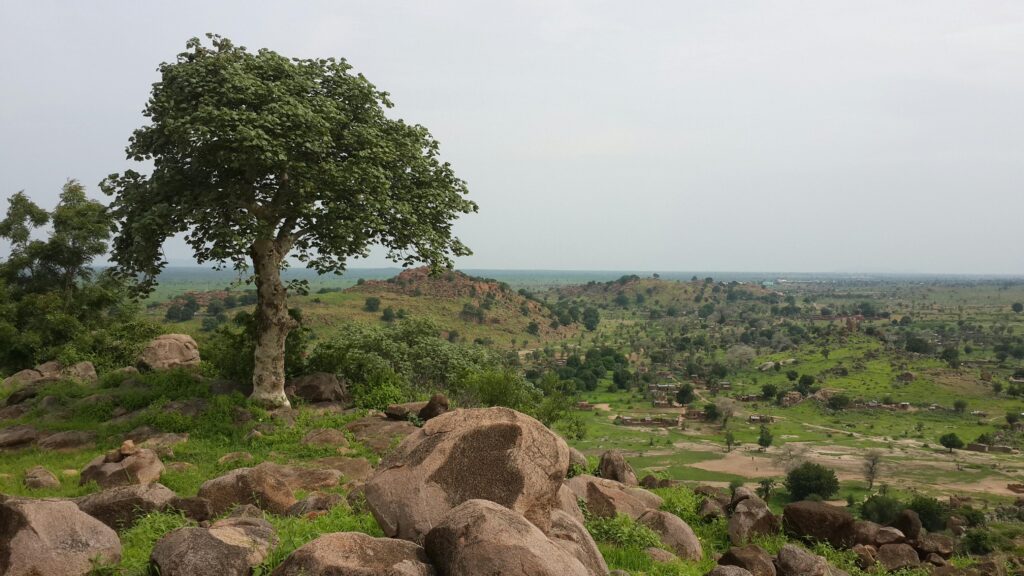
What’s it like in Sudan?
Sudan is a large, mainly flat country in north east Africa, about four times the size of Sweden. The country is mainly made up of desert plains, aside from the volcanic Marrah Mountains in the west. The highest point is the volcano, Deriba, at 9,980 ft (3,042 m) above sea level.
It has a very long and troubled history, dating back many thousands of years though numerous empires, resulting in it being one of the least developed and poorest countries on the planet. It shares land borders with Central African Republic, Chad, Egypt, Eritrea, Ethiopia, Libya and South Sudan.
The population of Sudan is around 50½ million people (2024), with about one in eight living in the metropolitan area of the capital, Khartoum.

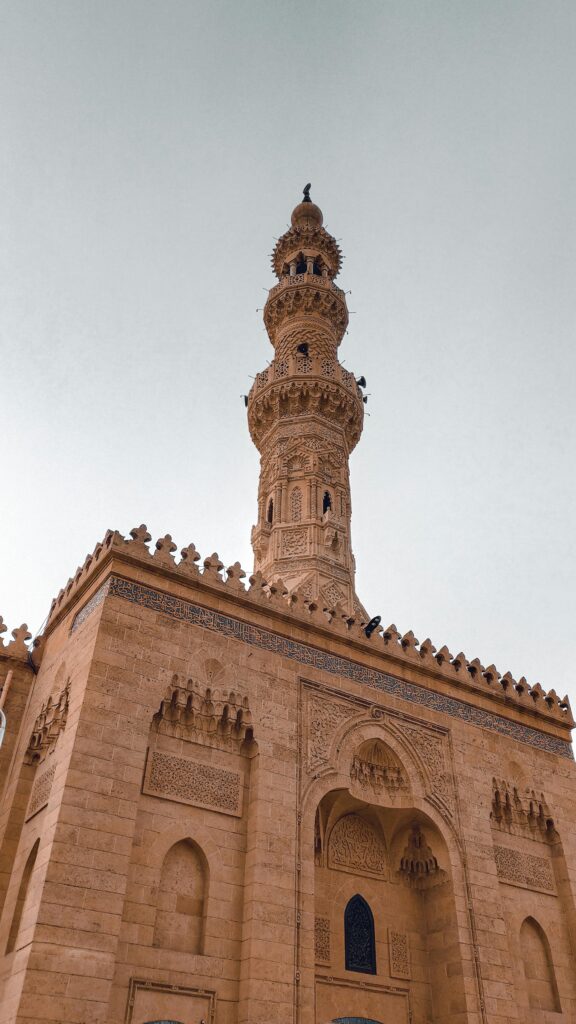
A bit about the history of Sudan
Pre-Colonial Era
Before colonisation, Sudan was home to several ancient kingdoms, including the Kingdom of Kush, which thrived along the Nile and had cultural and trade links with Egypt and other African regions. The region was later influenced by various Arab and Islamic cultures due to the spread of Islam from the 7th century onwards.
Colonial Period
In the 19th century, Sudan was part of the Egyptian Empire before being jointly ruled by Britain and Egypt under the Anglo-Egyptian Condominium from 1899. During this period, the British focused on exploiting Sudan’s resources and maintained a division between the Arab north and the largely African south. The policy of indirect rule entrenched regional and cultural differences that would later fuel conflict.
Path to Independence
Sudan gained independence from British–Egyptian rule on 1 January 1956, becoming the first African country to gain independence after World War II. Initially, the country was a parliamentary democracy, but political instability soon emerged due to tensions between the north, which was predominantly Arab and Muslim, and the south, which had different ethnic groups and religions.
The First Civil War
In 1955, even before independence, the first civil war broke out between the north and south. The south’s desire for greater autonomy clashed with the central government’s desire for control. The war ended in 1972 with the Addis Ababa Agreement, granting the south limited autonomy, but tensions remained.
The Second Civil War
The second civil war began in 1983, triggered by the central government’s decision to impose Islamic law, which was resisted by southern Sudanese Christians and animists. The conflict intensified, leading to widespread destruction and loss of life. The war ended in 2005 with the Comprehensive Peace Agreement, which provided for the south’s autonomy and set the stage for a referendum on independence.
The Independence of South Sudan
In 2011, following a peaceful referendum, South Sudan became independent, splitting from Sudan and becoming the world’s newest nation. This was a moment of hope for Sudan, but the loss of oil resources and the challenges of governance, including the Darfur conflict, remained pressing issues.
Darfur Conflict
The conflict in Darfur, which began in the early 2000s, was a significant humanitarian crisis. It involved government-backed militia forces and rebel groups, leading to widespread violence, displacement and accusations of genocide. Although the conflict subsided by the late 2000s, instability continued in the region.
The Bashir Regime
Omar al-Bashir came to power in a 1989 coup and ruled Sudan as an authoritarian leader for nearly 30 years. His regime was marked by internal conflicts, including the war in Darfur, and he faced accusations of human rights violations and war crimes. Bashir’s government was also involved in the long running conflict with South Sudan before its secession.
The Sudanese Revolution and the Fall of Bashir
In 2018, Sudanese protests erupted over economic difficulties, corruption and political repression. The protests grew into a widespread movement calling for the end of Bashir’s rule. In April 2019, Bashir was ousted by the military after months of demonstrations. The military initially took control but later agreed to a power-sharing agreement with civilian leaders, forming a transitional government.
The Transitional Government
The transitional government, formed in August 2019, aimed to guide Sudan towards democracy. However, it faced significant challenges, including economic hardship, security issues and the need for national reconciliation. In 2020, Sudan began normalising relations with Israel, a significant step in its reintegration into the international community.
Sudan in 2025
As of 2025, Sudan remains in a fragile state of transition. The power sharing agreement between civilian and military leaders is under strain, and the country faces ongoing economic challenges, including inflation and a large debt burden. Security remains a concern, particularly in regions like Darfur and the border areas with South Sudan. While Sudan has made progress in peacebuilding, particularly with the signing of peace deals with rebel groups in 2020, political instability persists. Efforts to build a democratic and inclusive system continue, but the path to lasting stability remains uncertain.
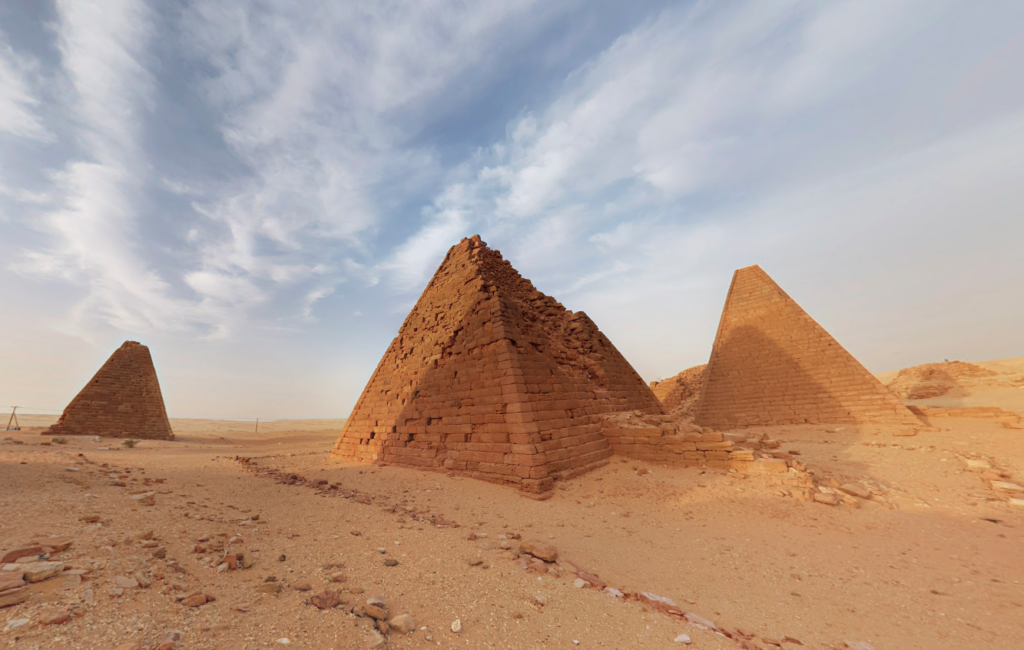

Sudan road trip
Our Sudanese road trip is part of a much larger African road trip.
Our current planned road trip through Sudan takes us from Ethiopia, heading up to the capital, Khartoum, before heading north to Egypt. Although due to the current turbulence in the region, we may visit at another time. Whenever we do visit, hopefully our journey will improve our knowledge of this intriguing and beautiful country, and enable us to meet some interesting people. We’ll be updating this page at that time – don’t forget to check back 🙂
Map of our road trip through Sudan
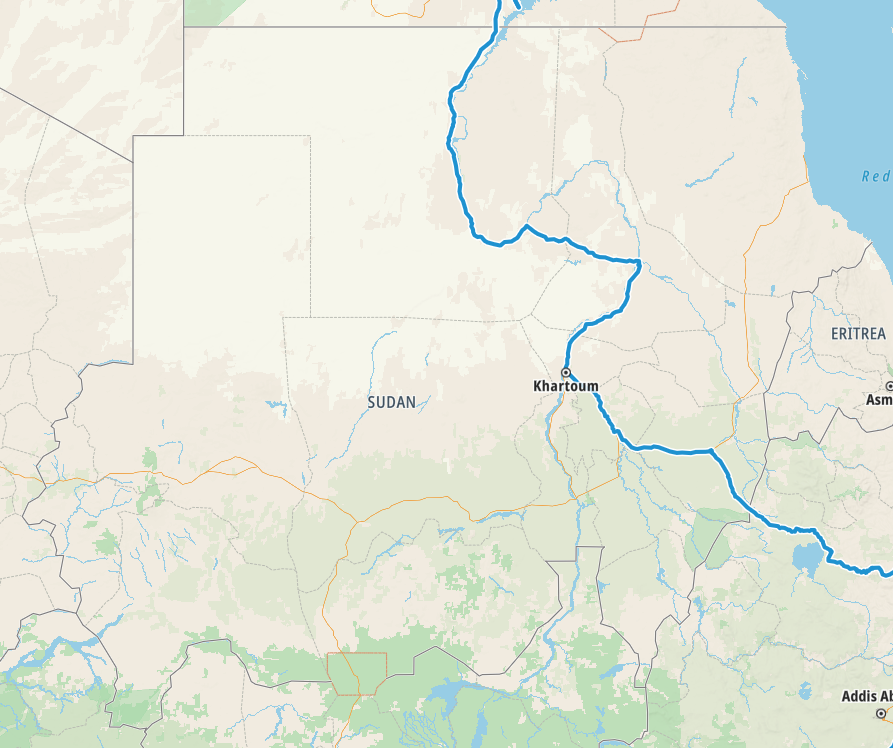
What’s it like to drive in Sudan?
They drive on the right hand side of the road in Sudan. In the main, roads are very poor, with many being unsurfaced dirt tracks. Driving standards are also poor.
Do you require an international driving permit in Sudan?
We’ve created a dedicated page to driving abroad, which answers this question, and more, which you might find helpful.
Can you use your UK driving license when driving through Sudan?
We’ve created a dedicated page to driving abroad, which answers this question, and more, which you might find helpful.
Do I need a carnet de passages to drive in Sudan?
A Carnet de Passages is required to overland in Sudan. We’ve created a dedicated page to driving abroad, which answers this question, and more, which you might find helpful.
What currency do they use in Sudan?
In Sudan they use the Sudanese pound. Cash is widely used. The use of credit / debit cards is not currently accepted. Travellers cheques are also not accepted. There are very few ATMs outside of the capital, and even fewer that accept foreign issued cards.
You should make yourself aware of the amount that your bank charges you for using credit and debit cards abroad. Often credit cards are cheaper for purchasing items directly, and for withdrawing cash from ATMs.
What language do they speak in Sudan?
They mainly speak Arabic and English in Sudan.
What time zone is Sudan in?
Remember, when you’re planning your next trip to take a look at what time zone it’s in.
Do I need a visa to visit Sudan?
We’ve created a dedicated, more comprehensive page on visas, which you should find helpful. Check it out!
Is wild camping legal in Sudan?
Yes, wild camping is fine in Sudan.
What plug / socket type do they use in Sudan?
In Sudan they use plug / socket types C and D.

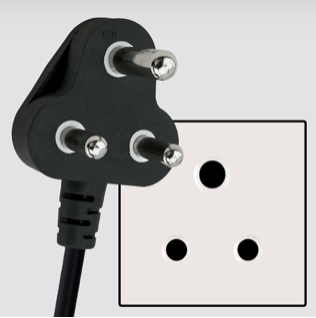
Health issues in Sudan
Is it safe to drink water in Sudan?
No, it is not safe to drink tap water in Sudan. Bottled water is readily available throughout the country.
What vaccinations are required for Sudan?
This NHS website is kept up to date with all relevant information on vaccinations in Sudan.
Phones in Sudan
What is the country calling code for Sudan?
The country calling code for Sudan is +249
What are the emergency phone numbers in Sudan?
- The emergency number for police in Sudan is: 999
- In Sudan, the emergency number for ambulance is: 999
- The emergency number for fire in Sudan is: 999
If you’ve got some useful info that you’d like to share, let us know!
And don’t forget to check out all the other pictures!
